More fall Food Finds
Featured content for NutritionAction subscribers
Food Find: Delicata squash
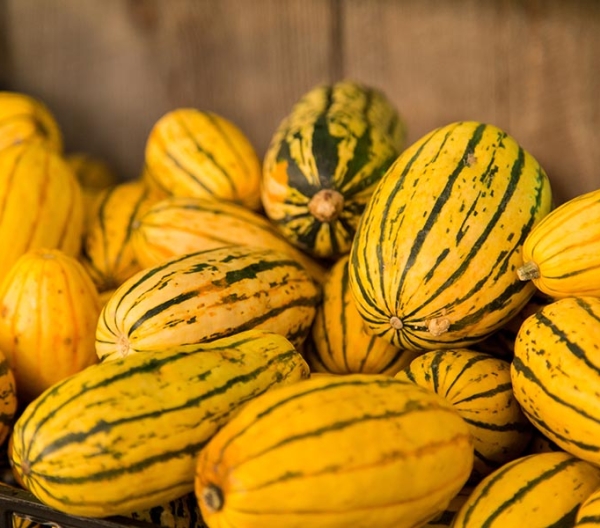
Featured content for NutritionAction subscribers
Food Find: Pears
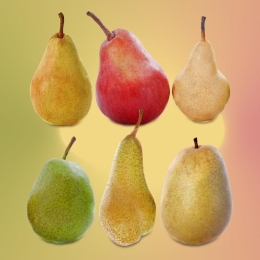
Featured content for NutritionAction subscribers
Food Find: Pink Lady apples
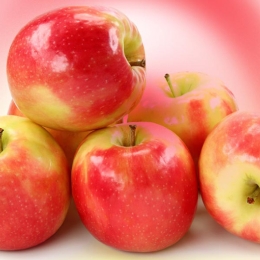
Featured content for NutritionAction subscribers
Food Find: Kohlrabi
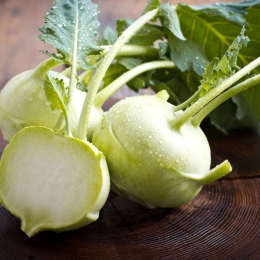
Featured content for NutritionAction subscribers
Food Find: Rutabagas and turnips
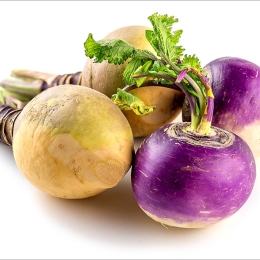
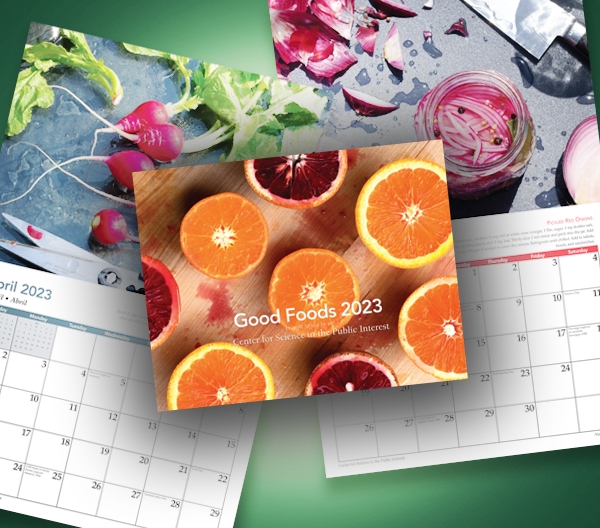
Calendar
Good Foods 2023
Every gorgeous photo in the Good Foods 2023 calendar will whet your appetite for delicious, healthy food. And the simple recipe below each photo, from Healthy Cook Kate Sherwood, will help you turn that month’s star into the star of your dinner table.

